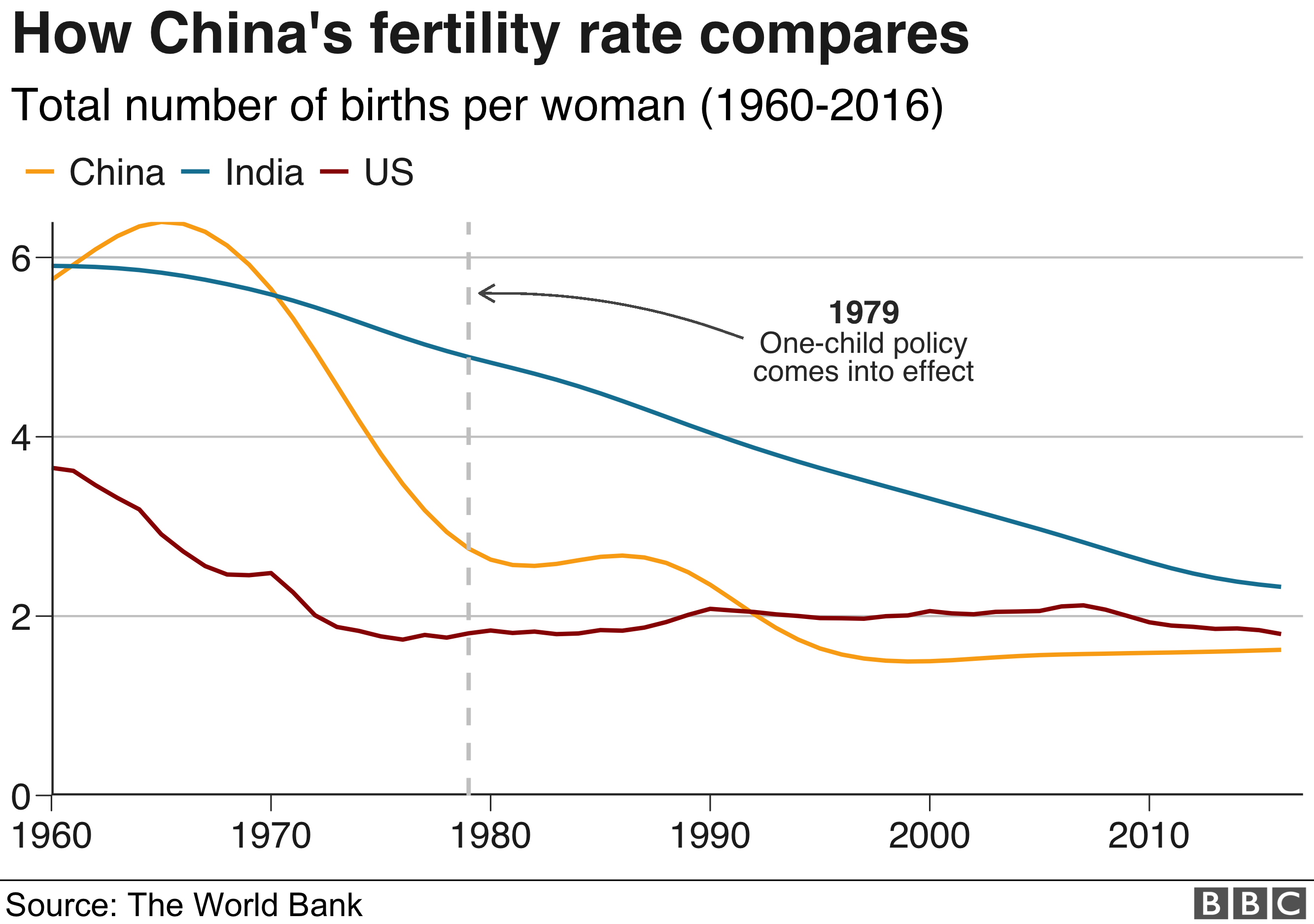

Jun
Over the past let’s say 40 years, much like most of the other aspects associated with China, there have been quite a few noteworthy developments when it comes to demographic trends, with implications when it comes to anything from education and family consumption habits to tourism and the pension system.
In the 60s, China’s birth rate was fairly similar to that of India and this was considered unsustainable, leading to the adoption of the (in)famous one-child policy back in the early 1970s. As the name suggests, a family was only “allowed” to have one child, leading to an abrupt fall of the birth rate, from over 4% to 1-3% over the following decade. In 2015, the policy was finally abandoned and all families were allowed to have two children.
As far as education is concerned, China placed increasing emphasis on it, illustrated by the evolution of the percentage of its GDP represented by its education expenditures. From 1.3% in 1970, to 2.3% in 1990 and all the way to 4.9% in 2015. As of 1986, education became mandatory but it took until 2006 for students to be able to attend both elementary school and junior high free of charge.
As of 1977, the national college entrance examination or “Gaokao” was restarted and nowadays, based on 2018 numbers, almost 10 million students attended it. Those who considered the competition too fierce or simply want to try something different in terms of education systems have options, however. For example, In 2017 there were four times more Chinese overseas students than in 2007.
Over the past 40 years or so, the 155-fold increase in China’s GDP Per Capita (not a typo) brought about completely new spending habits, gradually getting in line with those exhibited in Western nations. In other words, more and more Chinese were able to no longer experience difficulties meeting their basic needs and disposable income became an actual variable in China. As a bit of a comparison, the average Chinese would have had to work almost seven days for 1 kg of meat back in the 1970s, compared to someone from the US, who could have gotten the meat in question for two hours of labor. Nowadays, based on 2017 data, the Chinese and American citizen in question are almost at parity, with two hours being necessary for the meat purchase if you are from China, compared to 1.5 hours for someone in the United States.
Needless to say, China has switched to a far more complex consumption model, from spending more than half their income on basics such as food and clothes in the late seventies to spending only half that at this point in time.
Finally, once again similarly to a lot of Western nations, China is dealing with a potentially problematic population aging issue. The aging of China’s population comes with both positives (an increased presence of elderly Chinese tourists at most significant points of touristic interest) and negatives such as an increasing burden on the pension system.
From fears related to there being too many children, a system where not all that much emphasis was placed on public education and family consumption habits which revolved primarily on subsistence, we are now dealing with pretty much the exact opposite in a lot of cases: fears related to there being too many elderly citizens, a much better education system and spending that’s more in line with Western consumerism than with what one would have seen in China 40-50 years ago. Remarkable developments, to put it mildly!
